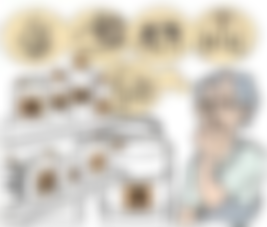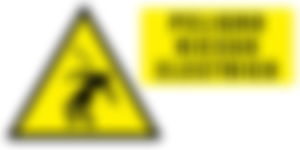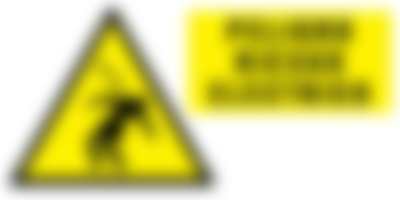They arise when the object, the media and the activity interact, in a given organization and division of labor.
In other words, the moment the activity interacts with objects and media, a wide variety of elements capable of causing various health alterations appear as an explosion.

CLASSIFICATION OF HAZARDOUS PROCESSES
They arise from the interaction between objects, media and activity. Ex: noise, which is physical. PHYSICAL, CHEMICAL, BIOLOGICAL TYPE.
They arise from the interaction between objects, media and activity, but it is the characteristics of the media that are relevant. Eg: uneven floors, lack of order and cleanliness, lack of security devices.
They arise from the interaction between objects, media and activity, but it is the characteristics of the organization and division of labor that are relevant.
A. According to the duration of the working day and the forms of rotation. Ex: Night work, inadequate rotations.
B. According to the quality of the work. Example: monotonous or repetitive tasks.
C. Due to the forms of remuneration. Example: piecework and performance bonuses that increase work intensity and affect health.
D. Due to the forms of control or surveillance at work. Eg: contradictory orders, workplace harassment.
Related to the type of physical effort and positions. Ex: repetitive movements, prolonged standing.
RISK
Probability of occurrence of damage or unwanted effect (latent danger condition).
OCCUPATIONAL RISK
Probability that a material object, substance or phenomenon can potentially trigger disturbances in the health or physical integrity of the worker, as well as in materials and equipment.

RISK FACTORS / (DANGEROUS PROCESSES)
Physical risk
Chemical Hazard
Biological risk
Mechanical Risk
Disergonomic Risk
Electric risk
Psychosocial risk

PHYSICAL RISK FACTORS
It refers to all those environmental factors that depend on the physical properties of the bodies, such as physical load, noise, lighting, ionizing radiation, non-ionizing radiation, high temperature and vibration, which act on the tissues and organs of the worker's body and that can produce harmful effects, according to the intensity and time of exposure of the same.

CHEMICAL RISK FACTORS
They are all those elements and substances that, when in contact with the body, either by inhalation, absorption or ingestion, can cause intoxication, burns or systemic injuries, depending on the concentration level and the exposure time.

BIOLOGICAL RISK FACTORS
In this case we find a group of organic, animate or inanimate agents such as fungi, viruses, bacteria, parasites, hairs, feathers, pollen (among others), present in certain work environments, which can trigger infectious diseases, allergic reactions or poisoning to enter the body.

MECHANICAL RISK FACTORS
It considers all the factors present in objects, machines, equipment, tools, which can cause work accidents, due to lack of preventive and / or corrective maintenance, lack of security guards in the power transmission system, point of operation and moving parts and overhangs, lack of work tools and personal protection elements,

DYSERGONOMIC RISK
It involves all those agents or situations that have to do with the adequacy of the work, or the elements of work to the human physiognomy. Risk factors are objects, workstations, machines, equipment and tools whose weight, size, shape and design can cause overexertion, as well as inappropriate postures and movements that result in physical fatigue and musculoskeletal injuries.

ELECTRICAL RISK FACTORS
It refers to the electrical systems of the machines, equipment, tools and locative facilities in general, that conduct or generate energy and that when in contact with people, can cause, among other injuries, burns, shock, ventricular fibrillation, as appropriate. the intensity of the current and the contact time.

PSYCHOSOCIAL RISK FACTORS
The interaction in the work environment, the conditions of work organization and the needs, habits, capacities and other personal aspects of the worker and their social environment, at any given time can generate burdens that affect health, performance at work and labor production.

Health, safety and well-being









